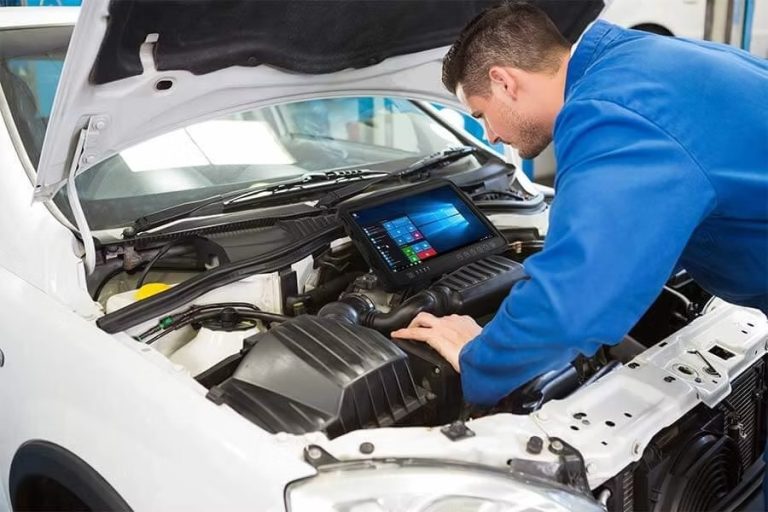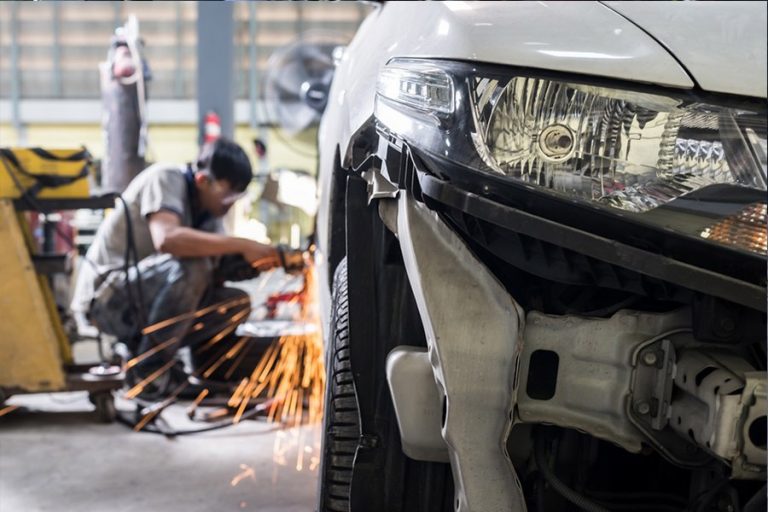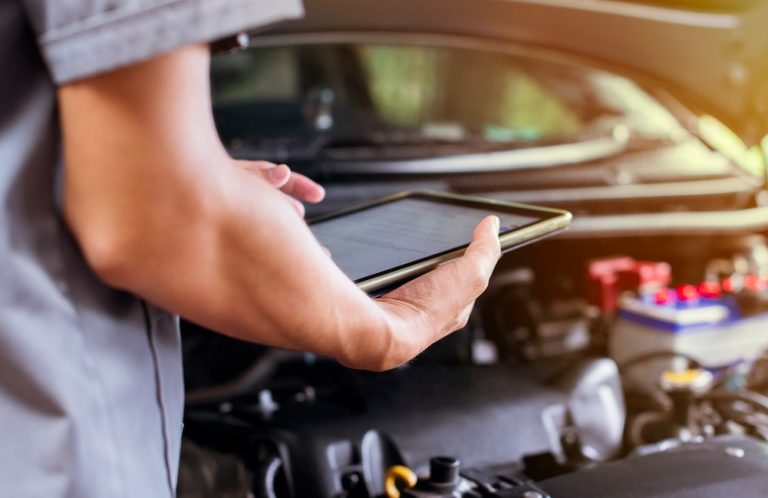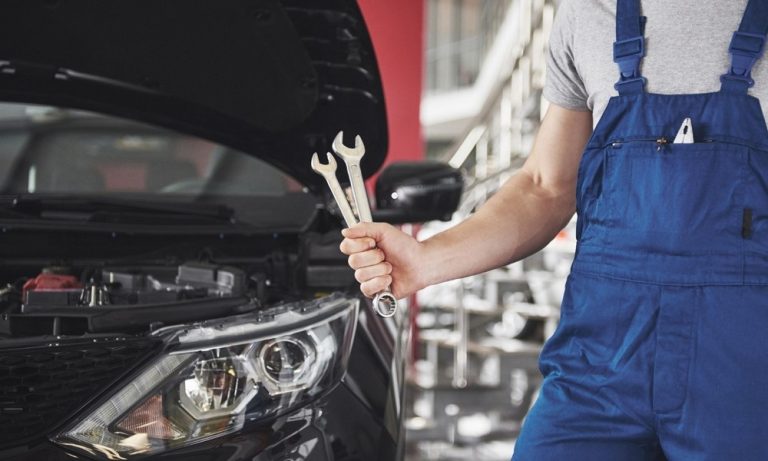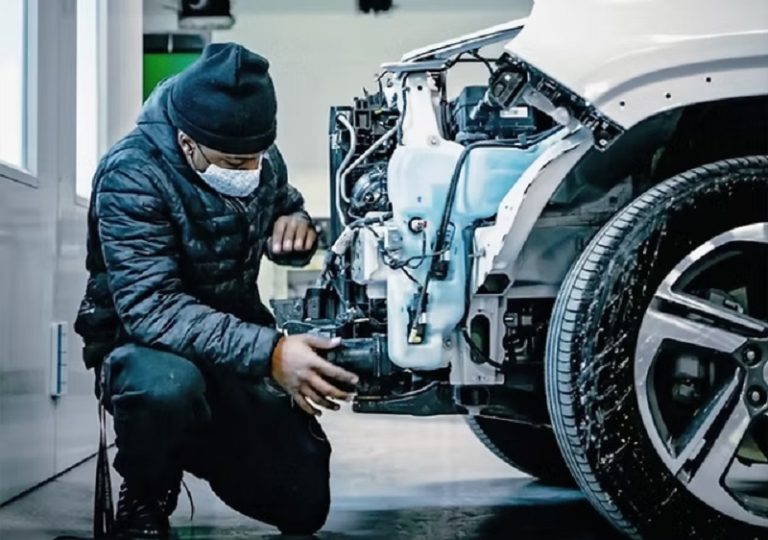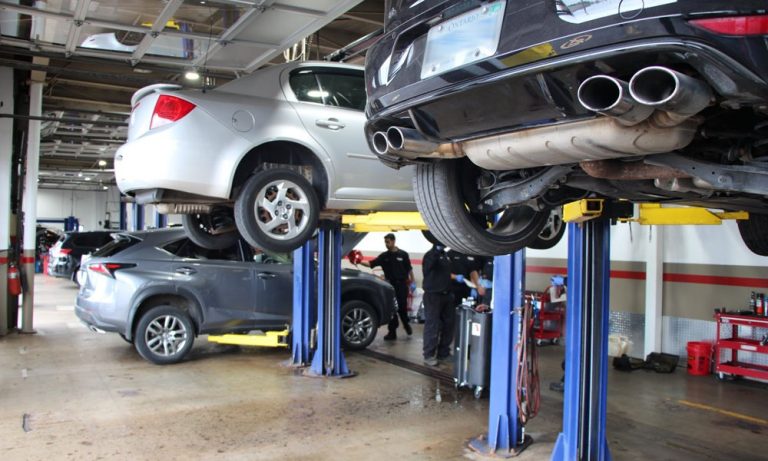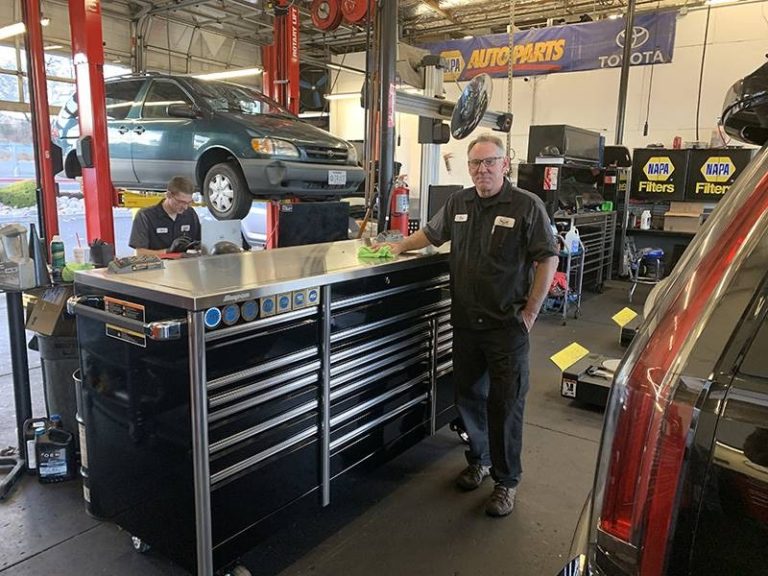Cars need fuel tanks. Rust and corrosion softly strike. Inside the tank, damage often goes undetected. Initial signs may not be visible to drivers. Over time, gasoline leaks, engine problems, and safety dangers occur. Few realise how crucial fuel tank maintenance is.
Fuel Tank Rust Formation
Metal continually interacts with oxygen and water. Moisture accelerates fuel tank deterioration. Tank condensation accelerates corrosion. Small scratches and dents generate corrosion weak areas. Acidic fuel residues further exacerbate the process. Winter road salt damage increases. Older, poorly maintained tanks are riskier. Rust frequently starts as invisible areas. These tiny flaws grow over weeks or months. Thus, early identification is essential for tank longevity.
Rust and Corrosion Signs
Fuel leaks can indicate severe corrosion. Never disregard strange scents or puddles under a car. Contaminated fuel can reduce engine performance. Rusty fuel pump noise may indicate blockage. Tank corrosion is indicated by dark fuel or filter particles. Some rust remains unseen until inspection. Professional mechanics can spot damage before it’s serious. These minor risk indications require routine examinations. Avoiding inspection delays prevents costly repairs.
Risks of Ignoring Rust Damage
Tank corrosion can cause fuel leaks while driving. Leaks can cause fires and explosions. Fuel contamination can swiftly destroy injectors and engines. Weak tanks increase remote road breakdown risk. Fuel seepage into the ground or water harms the environment. Ignoring maintenance may deny insurance claims.
Regular Maintenance
Chemicals that manage moisture in tanks stop water from building up. Certified mechanics check for problems before they happen. Don’t park for a lengthy time while it’s wet or damp. Protective coatings can make tanks last a lot longer. Quickly replace broken parts to stop serious corrosion. Regular maintenance is safer and costs less. It’s usually easier to fix something before it gets worse.
Professional Auto Repair and Fixes
Effective and safe tank maintenance is the speciality of mechanics. Tanks may need total removal and replacement for security. Minor rust may be cleaned without harming the fuel system. Only trained technicians weld or patch. Experts evaluate tank integrity and suggest solutions. Professional services reduce gasoline taint and leakage. Long-term protection comes from safety regulations and exact processes. Quick, competent repairs keep cars going for years.
Early Inspections Matter
Waiting for major damage raises repair expenses. An early assessment finds weak places before leaks. Safe cars provide drivers comfort of mind. Anti-rusting is cheaper than emergency replacement. Every car owner must know warning signs. Regular inspections reduce fuel system failure. Continuous monitoring and care maintain fuel tank integrity.
Conclusion
Slowly, rust and corrosion ruin fuel tanks. Perform poorly, impair safety, and increase repair costs. You must understand rust production, recognise early indicators, and act immediately. Auto Repair in Augusta, GA prevents tank damage with competence. Early action saves money and keeps vehicles running smoothly. Fuel tank maintenance should never be delayed to avoid significant issues.

